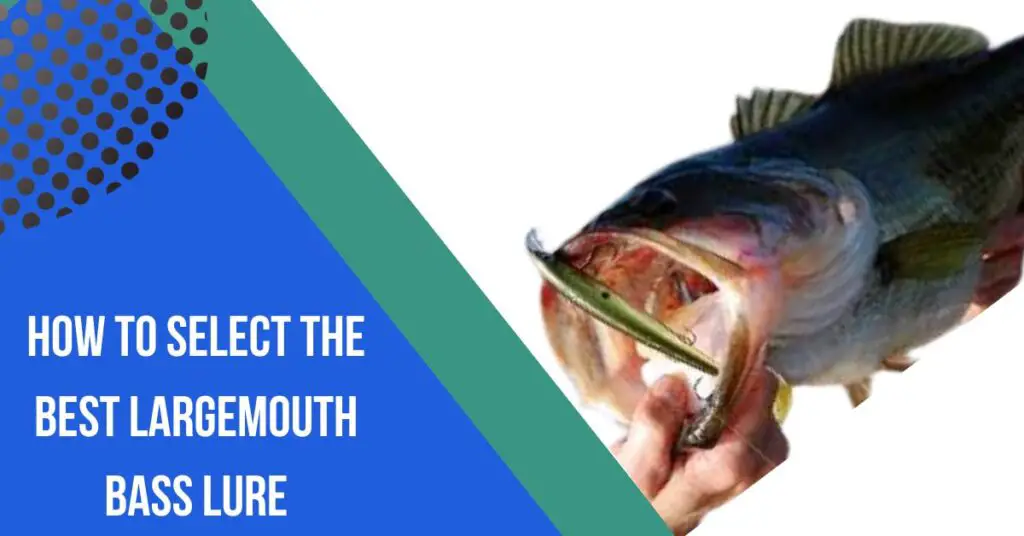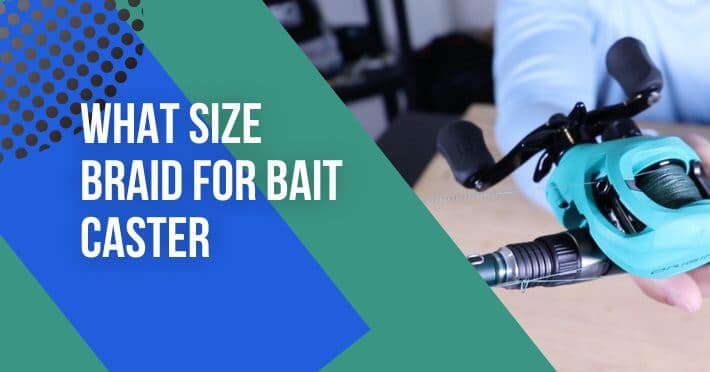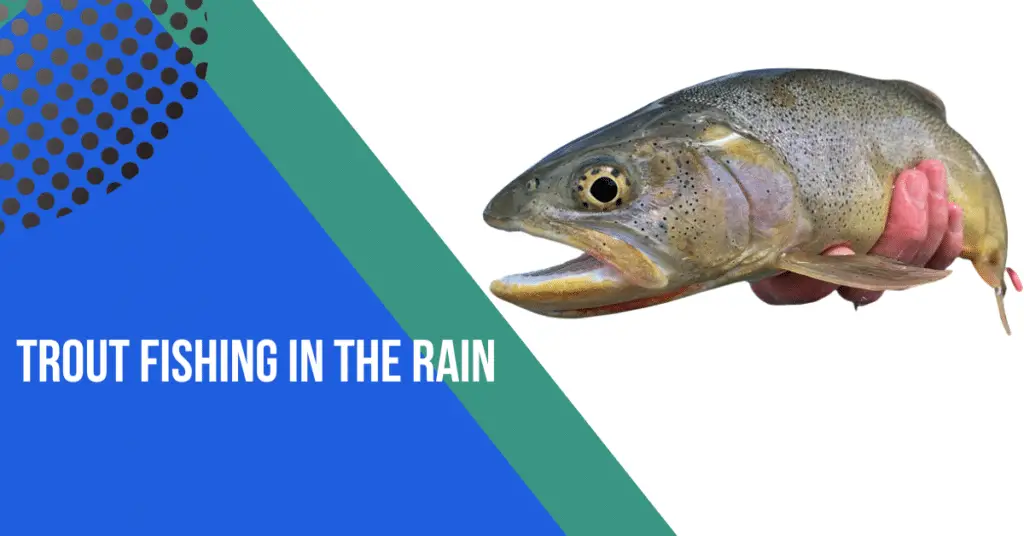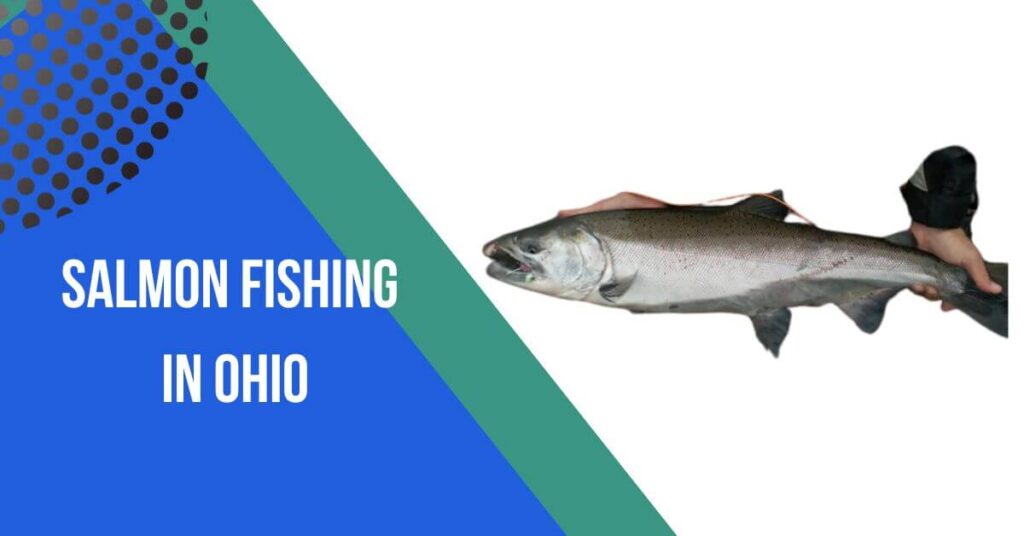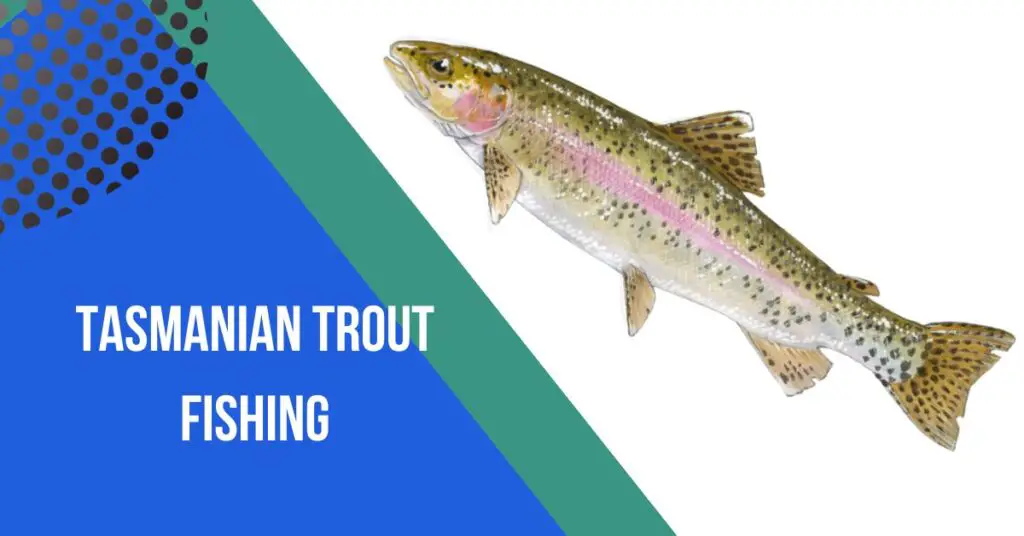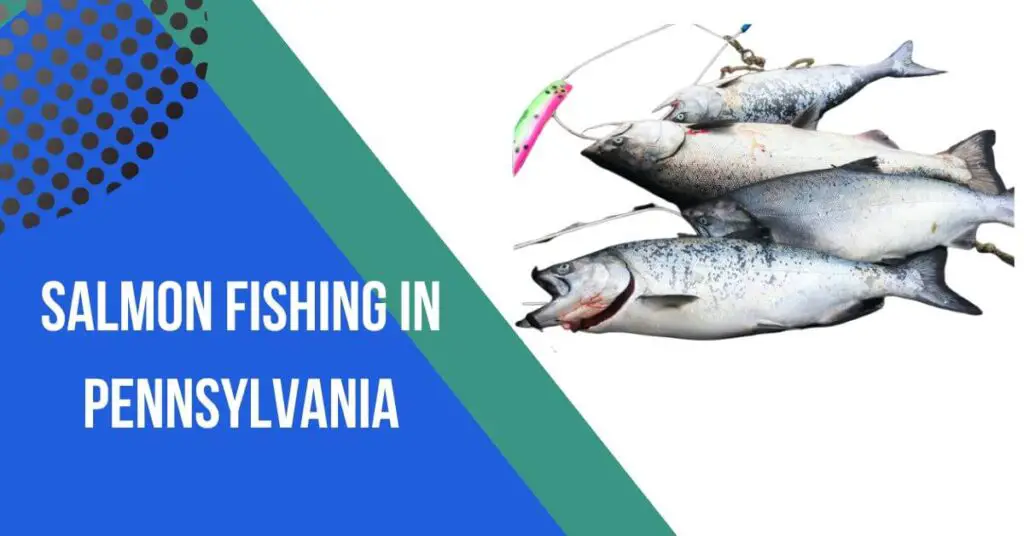Contents
- 1 How To Select The Best Largemouth Bass Lure:
- 2 Talk to Local Anglers:
- 3 Study Fisheries Reports:
- 4 Observe Natural Prey Species:
- 5 Analyze Gut Contents:
- 6 Use Underwater Cameras:
- 7 Experiment with Different Lures:
- 8 Local Knowledge:
- 9 Seasonal Considerations:
- 10 Experimenting With Lure Types:
- 11 Understand Lure Categories:
- 12 Match the Hatch:
- 13 Experiment with Colors:
- 14 Adjust Lure Size:
- 15 Consider Water Depth:
- 16 Change Retrieval Speed:
- 17 Use Different Actions:
- 18 Try Different Retrieval Techniques:
- 19 Pay Attention to Seasonal Patterns:
- 20 Keep a Log:
- 21 Adjusting To Weather Conditions:
- 22 Sunny and Clear Skies:
- 23 Cloudy or Overcast Skies:
- 24 Rainy or Stormy Weather:
- 25 Windy Conditions:
- 26 Cold Fronts:
- 27 Warm Fronts:
- 28 Seasonal Considerations:
- 29 Adapt Retrieval Speed And Depth Based On Weather:
- 30 Sunny and Clear Skies:
- 31 Cloudy or Overcast Skies:
- 32 Rainy or Stormy Weather:
- 33 Windy Conditions:
- 34 Cold Fronts:
- 35 Warm Fronts:
- 36 Seasonal Considerations:
- 37 FAQs:
- 38 What is the best time of day to catch largemouth bass?
- 39 What are the best lures for largemouth bass?
- 40 How do I choose the right lure color?
- 41 What is the best gear for largemouth bass fishing?
- 42 Where do largemouth bass like to hide?
- 43 How do weather conditions affect largemouth bass fishing?
- 44 What is “matching the hatch” in bass fishing?
- 45 What is the best season for largemouth bass fishing?
- 46 How can I improve my bass fishing skills?
- 47 Is catch-and-release important for bass conservation?
Selecting the best largemouth bass lure involves considering water conditions, weather, and behavior. Begin by understanding the bass’s preferred forage in the specific water body. Choose lures that mimic local prey, such as shad or crawfish. Match the lure size to the prevalent baitfish and use colors that imitate natural surroundings.
Pay attention to water clarity; use bright colors in murky water and natural hues in clear conditions. Experiment with different lure types, like crankbaits, soft plastics, and topwater baits, to determine what the bass are responding to on that particular day.
Additionally, adapt your approach based on weather conditions, adjusting lure retrieval speed and depth accordingly. Remember that successful bass fishing often involves trial and error, so be open to experimenting with various lures until you find what works best.
How To Select The Best Largemouth Bass Lure:
Researching local forage preferences is crucial for understanding what bass typically feed on in a specific water body. Here’s a guide on how to conduct this research:
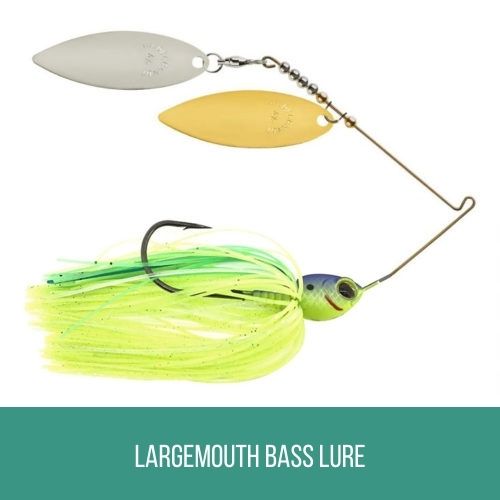
Talk to Local Anglers:
- Connect with local anglers, whether online or in-person, and inquire about their experiences and observations.
- Fishing forums, social media groups, or local bait shops can be valuable information sources.
Study Fisheries Reports:
- Check official fisheries reports or studies conducted by local wildlife agencies. These reports often provide insights into the types of forage available in a specific area.
Observe Natural Prey Species:
- Spend time observing the water body and its surroundings to identify natural prey species. Look for baitfish, insects, and other organisms that bass may target.
Analyze Gut Contents:
- If possible, analyze the gut contents of bass caught in the area. This can provide direct insight into what the bass are actively feeding on.
Use Underwater Cameras:
- Employ underwater cameras to observe the behavior of baitfish and other potential prey species in the water.
Experiment with Different Lures:
- Try using a variety of lures that mimic different forage species. Pay attention to which lures attract more attention from the bass.
Local Knowledge:
- Tap into the knowledge of local guides or experienced anglers who have spent significant time on the water. They often have valuable insights into the feeding habits of bass in the area.
Seasonal Considerations:
- Understand that forage preferences may change with the seasons. Different types of baitfish and prey may be more abundant at certain times of the year.
By combining information from various sources and methods, you can build a comprehensive understanding of the local forage preferences for bass in a specific water body. This knowledge will guide your lure selection and increase your chances of success on the water.
Experimenting With Lure Types:
Experimenting with different lure types is a crucial aspect of successful bass fishing. Here’s a guide on how to effectively conduct these experiments:
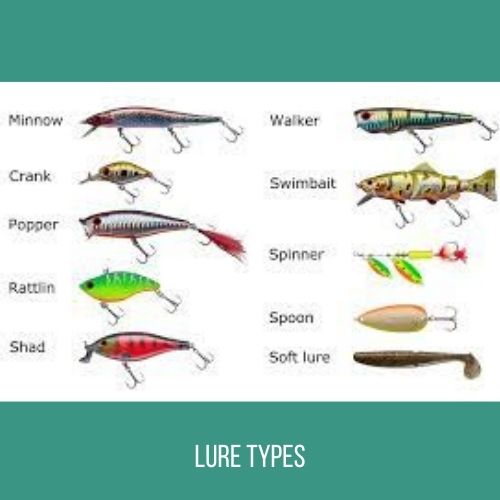
Understand Lure Categories:
- Familiarize yourself with various lure types, including crankbaits, soft plastics, jigs, topwater baits, spinnerbaits, and swimbaits. Each type has unique characteristics and applications.
Match the Hatch:
- Select lures that closely mimic the prevalent forage in the area. If there are shad or crawfish in the water, choose lures that replicate these natural prey items.
Experiment with Colors:
- Vary the colors of your lures based on water clarity and light conditions. Bright and contrasting colors may work well in murky water, while natural hues are effective in clear conditions.
Adjust Lure Size:
- Match the size of your lure to the size of the prevalent baitfish. Use larger lures for bigger prey imitation and smaller ones for finesse presentations.
Consider Water Depth:
- Experiment with lures designed for specific depths. Crankbaits, for example, are effective at varying depths, while topwater baits are best suited for shallower areas.
Change Retrieval Speed:
- Alter the retrieval speed to mimic different types of prey behavior. Fast retrieves may imitate a fleeing baitfish, while slower retrieves can mimic injured or sluggish prey.
Use Different Actions:
- Lures have different actions, such as diving, wobbling, or fluttering. Experiment with these actions to see what triggers bass reactions under different conditions.
Try Different Retrieval Techniques:
- Explore various retrieval techniques, including steady retrieves, jerking motions, and pauses. Adapt your technique based on the mood of the bass and the prevailing conditions.
Pay Attention to Seasonal Patterns:
- Be aware of seasonal changes and adjust your lure selection accordingly. For example, use top water baits during warmer months and switch to deeper-diving lures in colder seasons.
Keep a Log:
- Maintain a fishing journal noting the lure types used, conditions, and the success of each. This helps establish patterns over time and guides future lure selections.
By systematically experimenting with different lure types and paying attention to the conditions and bass responses, you’ll develop a more refined understanding of what works best in specific situations. This adaptability is key to consistently catching largemouth bass.
Adjusting To Weather Conditions:
Adapting to weather conditions is essential for successful largemouth bass fishing. Here’s a guide on how to adjust your approach based on different weather scenarios:
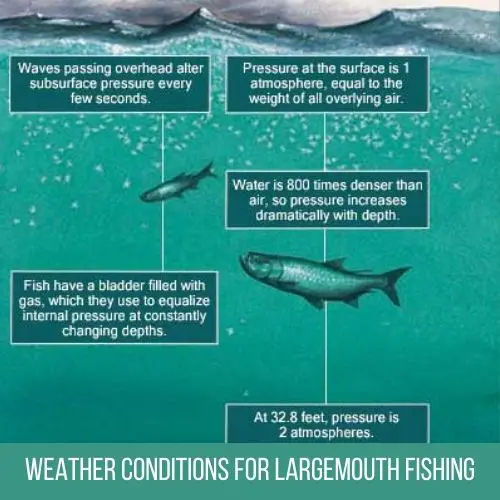
Sunny and Clear Skies:
- Lure Choice: Opt for natural colors and realistic presentations.
- Technique: Fish deeper as bass may seek cover in clearer conditions.
- Retrieve: Slow down your retrieve to entice more cautious bass.
Cloudy or Overcast Skies:
- Lure Choice: Use brighter and more contrasting colors to increase visibility.
- Technique: Bass may be more active, so experiment with faster retrieves and aggressive presentations.
- Topwater: Overcast conditions are ideal for topwater lures.
Rainy or Stormy Weather:
- Lure Choice: Choose lures that create vibrations and sound, such as spinnerbaits or chatterbaits.
- Technique: Fish near the surface as rain can stimulate surface activity.
- Topwater: Rain often masks surface disturbances, making topwater lures effective.
Windy Conditions:
- Lure Choice: Use lures that create commotion, like crankbaits, spinnerbaits, or topwater lures.
- Technique: Focus on windblown areas where baitfish may be concentrated.
- Wind Breaks: Seek sheltered areas or structures to fish effectively.
Cold Fronts:
- Lure Choice: Opt for slower-moving lures, such as jigs or finesse presentations.
- Technique: Bass may become more lethargic, so a slow and deliberate approach can be effective.
- Depth Adjustment: Fish deeper as bass may move to deeper waters in response to a cold front.
Warm Fronts:
- Lure Choice: Use faster-moving lures to cover more water.
- Technique: Bass may become more active, especially in shallow areas.
- Surface Lures: Explore topwater lures, especially during the warmer parts of the day.
Seasonal Considerations:
- Spring: Focus on shallower waters as bass move to spawn.
- Summer: Fish deeper structures and use a variety of lures based on weather patterns.
- Fall: Experiment with lures mimicking the abundance of baitfish.
Remember to stay observant, experiment with different techniques, and be willing to adapt your strategy based on the prevailing weather conditions. Successful bass fishing often involves adjusting your approach to match the mood and behavior of the fish in response to the weather.
Adapt Retrieval Speed And Depth Based On Weather:
Adapting retrieval speed and depth based on weather conditions is crucial for enticing largemouth bass in different scenarios. Here’s a guide on how to adjust these factors:
Sunny and Clear Skies:
- Retrieval Speed: Slow down your retrieve, allowing bass more time to assess and strike.
Depth: Fish deeper structures as bass may seek cover in the clearer water
Cloudy or Overcast Skies:
- Retrieval Speed: Experiment with faster retrieves to mimic a more active prey response.
- Depth: Bass may be more willing to move towards the surface, so try varying depths
Rainy or Stormy Weather:
- Retrieval Speed: Use a mix of speeds to imitate distressed prey in changing weather conditions.
- Depth: Target various depths, including shallower areas where rain can stimulate surface activity.
Windy Conditions:
- Retrieval Speed: Increase speed, especially if using lures that create commotion like spinnerbaits or topwater lures.
- Depth: Wind can push baitfish towards windblown shores, so focus on those areas.
Cold Fronts:
- Retrieval Speed: Slow down your retrieve to cater to potentially lethargic bass.
- Depth: Fish deeper as bass may move to deeper waters in response to the cold front.
Warm Fronts:
- Retrieval Speed: Use faster retrieves to match increased bass activity.
- Depth: Target both shallow and deeper areas based on the prevailing conditions.
Seasonal Considerations:
- Spring: Experiment with various depths, especially in shallower areas during spawning periods.
- Summer: Adjust retrieval speed based on bass activity levels in warm water.
- Fall: Vary both speed and depth as bass responds to changing temperatures and baitfish movements.
Remember, bass behavior can vary, so it’s essential to remain flexible and adapt your retrieval speed and depth based on the specific conditions you encounter. Pay attention to the bass’s response to different presentations, and don’t hesitate to experiment until you find the optimal combination for the given weather.
Conclusion:
In conclusion, successful largemouth bass fishing requires a versatile approach. Understanding bass behavior, experimenting with lure types, and adapting to weather conditions are key elements. Stay observant on the water, be willing to experiment, and adjust your tactics based on the ever-changing dynamics of the environment.
By combining knowledge and adaptability, you’ll increase your chances of a rewarding bass fishing experience. Tight lines!
FAQs:
Certainly! Here are some frequently asked questions (FAQs) about largemouth bass fishing:
What is the best time of day to catch largemouth bass?
Largemouth bass are often more active during low-light periods, such as dawn and dusk. However, they can be caught throughout the day, and success depends on various factors, including weather conditions.
What are the best lures for largemouth bass?
The best lures for largemouth bass vary based on factors like water conditions and bass behavior. Common choices include crankbaits, soft plastics, jigs, spinnerbaits, and topwater lures.
How do I choose the right lure color?
Select lure colors based on water clarity. In murky water, use bright and contrasting colors, while natural hues work well in clear water. Matching the local forage is also crucial.
What is the best gear for largemouth bass fishing?
A medium to medium-heavy spinning or baitcasting rod paired with a suitable reel is common. Line strength should match the cover and size of bass in the area.
Where do largemouth bass like to hide?
Largemouth bass often hide around structures such as weed beds, submerged rocks, fallen trees, and other forms of cover. They use these areas for ambush points to prey on baitfish.
How do weather conditions affect largemouth bass fishing?
Weather conditions, including sunlight, wind, and temperature, can influence bass behavior. Adapting lure choice, retrieval speed, and depth based on weather is essential for successful fishing.
What is “matching the hatch” in bass fishing?
“Matching the hatch” involves selecting lures that closely resemble the prevalent forage in the water. Mimicking the size, color, and action of local baitfish or prey increases the chances of attracting bass.
What is the best season for largemouth bass fishing?
Largemouth bass can be caught throughout the year, but spring and fall are often considered prime seasons. Spring is when bass spawn and fall is when they feed heavily before winter.
How can I improve my bass fishing skills?
Continuously educate yourself on bass behavior, try different techniques and lures, keep a fishing journal, and learn from experienced anglers. Practice and patience are key to improving your skills over time.
Is catch-and-release important for bass conservation?
Yes, catch-and-release is crucial for sustaining bass populations. Proper handling and quick release help ensure the survival of caught fish, contributing to the overall health of the bass population in a water body.

